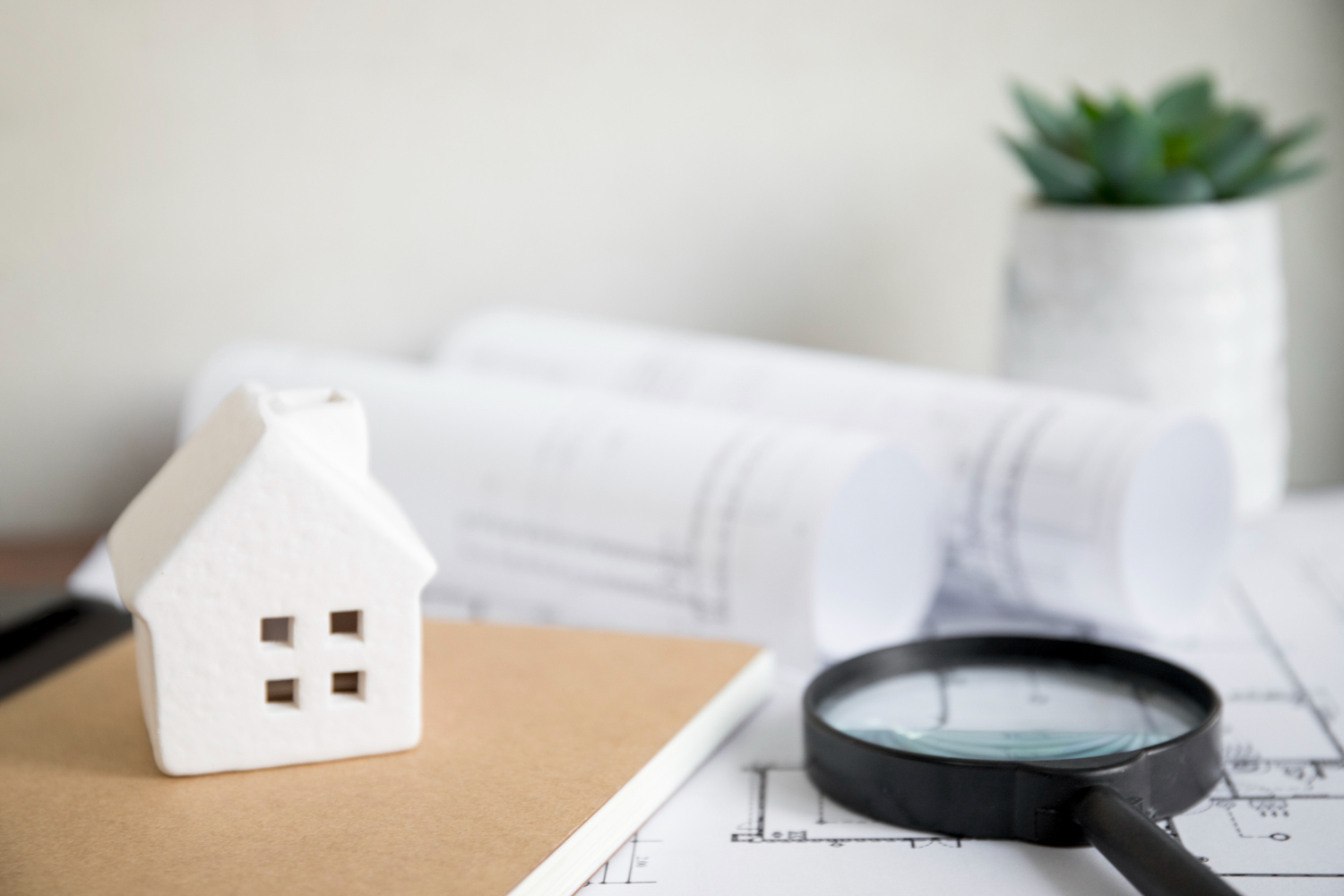Buying a home is one of the most significant investments you'll make, and a thorough home inspection is a crucial step in the process. A detailed inspection helps you understand the property's condition, avoid costly surprises, and make informed decisions. Here’s a step-by-step guide to mastering the home inspection process.
1. Understand the Purpose of a Home Inspection
A home inspection is a comprehensive evaluation of a property’s structure, systems, and components. It identifies potential issues that may not be visible during a casual walkthrough. Inspectors typically assess:
- Structural integrity (foundation, walls, roof)
- Electrical systems
- Plumbing systems
- HVAC systems
- Appliances
- Windows, doors, and insulation
2. Choose a Qualified Home Inspector
Selecting a reputable inspector is essential. Look for someone who is certified by a recognized organization, such as the American Society of Home Inspectors (ASHI) or the International Association of Certified Home Inspectors (InterNACHI). Ask for references, read reviews, and verify their experience with similar property types.
3. Prepare for the Inspection
Before the inspection day, take these steps:
Review the Seller’s Disclosures: This document can give insight into known issues.
Compile a Checklist: List any concerns about the property to discuss with the inspector.
Attend the Inspection: Being present allows you to ask questions and see potential issues firsthand.
4. Understand Common Inspection Findings
Home inspectors often uncover issues ranging from minor to significant. Common findings include:
- Roof damage or leaks
- Plumbing issues like leaks or poor water pressure
- Electrical problems such as outdated wiring
- Foundation cracks
- HVAC system malfunctions
5. Interpret the Inspection Report
After the inspection, you’ll receive a detailed report outlining the findings. Pay close attention to:
Safety Hazards: Immediate concerns like electrical hazards.
Major Defects: Structural or mechanical issues that require repairs.
Maintenance Items: Routine upkeep needed to maintain the home's condition.
6. Use the Report for Negotiations
Inspection findings can provide leverage for negotiations. Depending on the results, you might:
- Request repairs from the seller
- Ask for a price reduction
- Request a credit to handle the repairs yourself
- In rare cases, walk away if significant issues arise
7. Plan for Post-Purchase Maintenance
A home inspection report isn’t just for the buying process—it’s also a valuable tool for future maintenance. Create a schedule for necessary repairs and upkeep to protect your investment.
Key Takeaway
The home inspection process empowers you to make informed decisions, protect your investment, and plan for future maintenance. By selecting a qualified inspector, attending the inspection, and understanding the report, you'll be well-equipped to move forward with confidence.
Need expert guidance during your home buying journey? Contact us today to learn more!



